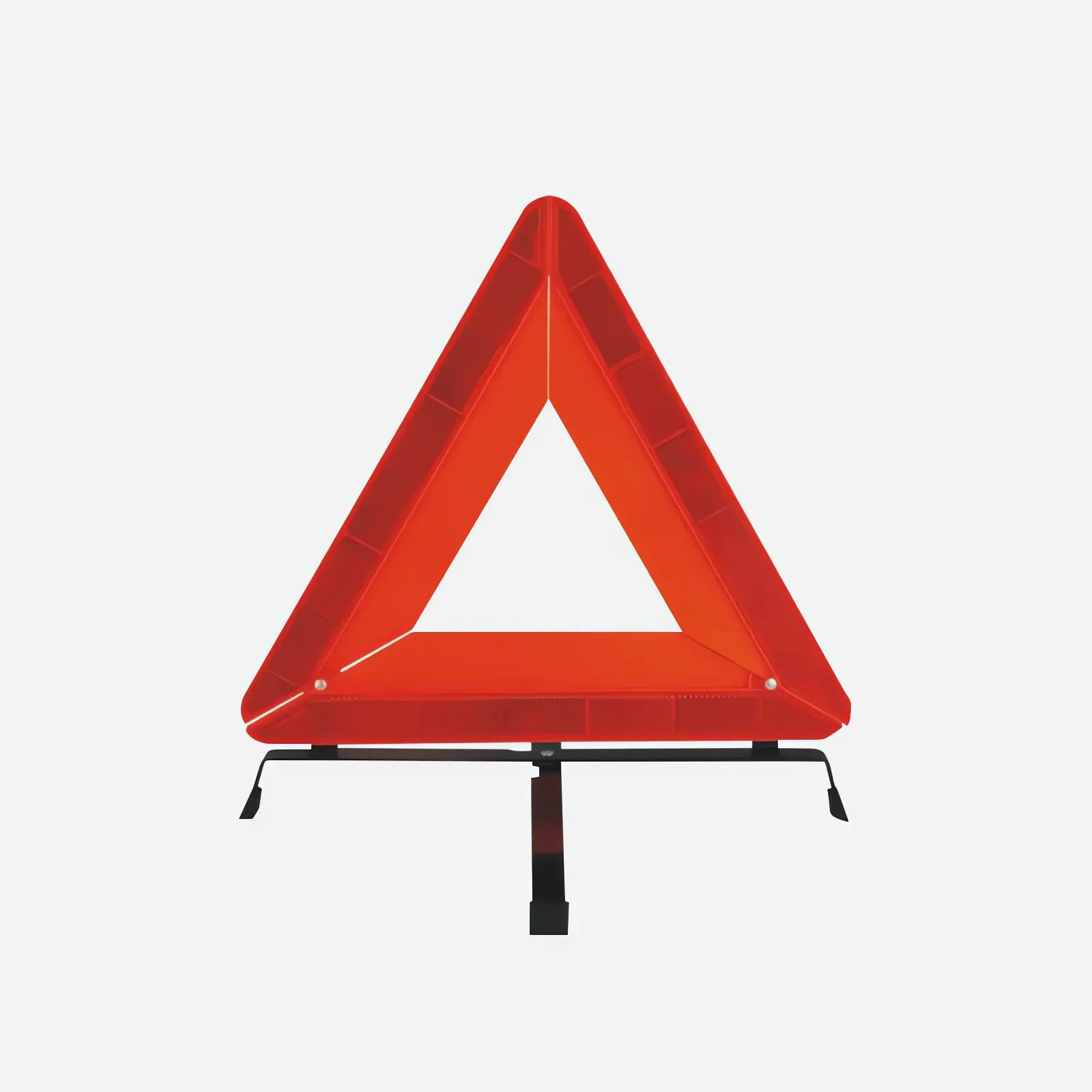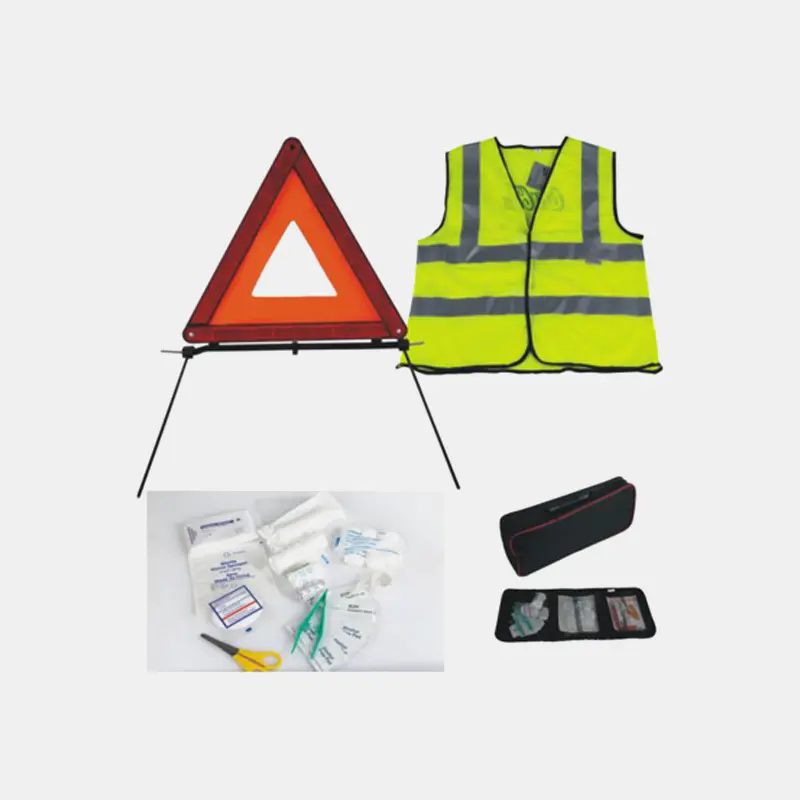In the field of traffic safety, the choice of structural substrate for Triangle Warning Sign is crucial. The sign usually uses a variety of materials such as aluminum alloy plate, stainless steel plate, engineering plastics and composite materials to ensure its performance in different environments. Aluminum alloy has become the mainstream choice for road traffic sign substrates due to its light weight, corrosion resistance and good processability, and is especially suitable for long-distance installation on urban roads and highways. Stainless steel is suitable for extreme environments such as wind and sand, sea salt and high humidity areas due to its superior mechanical strength and weather resistance. It is commonly found in special scenes such as coastal areas, mountainous areas and industrial plants. Engineering plastics such as polycarbonate (PC) and polypropylene (PP) are suitable for temporary, movable or light signs. Due to their low cost, strong insulation and excellent impact resistance, they are suitable for short-term construction warnings or rapid deployment in dangerous areas.
The choice of reflective material directly affects the visibility of Triangle Warning Sign at night and in low light environments. The mainstream reflective film materials on the current market include glass microbead reflective film and microprism reflective film. Glass bead reflective film is widely used in sign systems with medium and low intensity requirements due to its low manufacturing cost and mature technology. Microprismatic reflective film, with its densely arranged microstructure, provides higher reflection efficiency and visual distance, making it the preferred material for high-grade roads, high-speed transportation systems and places with high nighttime visibility requirements. The performance level of reflective film is divided according to international standards. For example, specifications such as ASTM D4956 and EN 12899 clearly stipulate its performance indicators such as brightness, weather resistance and adhesion to ensure that it can maintain a clear warning effect within a five to ten-year service life.
The stability of color materials is crucial for the long-term use of signs. Triangle Warning Sign usually uses high-contrast colors such as red, yellow and black to convey warning information, so the ink or film used must have excellent UV resistance, oxidation resistance and high temperature resistance to prevent fading, discoloration or aging in sunlight and polluted environments. To ensure the stability of the color throughout its life cycle, additives such as UV inhibitors and light stabilizers are often added during the manufacturing process, and highly weather-resistant polyurethane or fluorocarbon coatings are used for protection to improve the overall weather resistance.
In material selection, structural stability cannot be ignored. Signs need to withstand external loads such as wind pressure, rain erosion and physical impact for a long time, so their structural materials must have good bending strength and impact resistance. Especially in road environments with strong winds or the risk of flying stones, the thickness, strength grade and connection method of the material must be calculated by structural mechanics to ensure that the sign body does not deform, break or fall off. In high-cold or high-temperature environments, the material must have a good thermal expansion coefficient and low-temperature toughness to prevent fatigue damage or brittle cracking caused by drastic climate changes.












